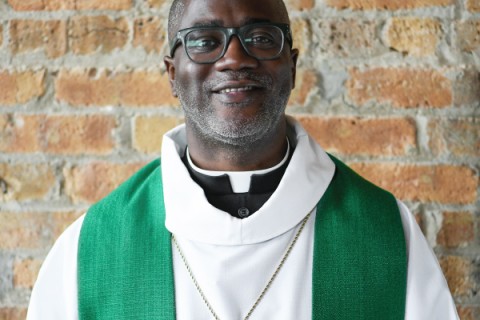U.S. cultures, faith groups differ on corporal punishment
(The Christian Science Monitor) The way corporal punishment evolved in Sandy Haase’s family is, in many ways, typical. Growing up in Orange County, in California, in the 1960s, Haase knew what would happen if her father got angry. If she or one of her siblings talked back, or perhaps turned on the TV when they were not supposed to do so, “it was ‘Go and get the yardstick,’ ” she said.
The “spankings” that would follow, she said, were angry, severe, and scary. One instance left her in need of bandages. When she had children of her own, she and her husband agreed that they would use spanking only as a last resort.
Which is what they did, recalls her 22-year-old son, Colin.




